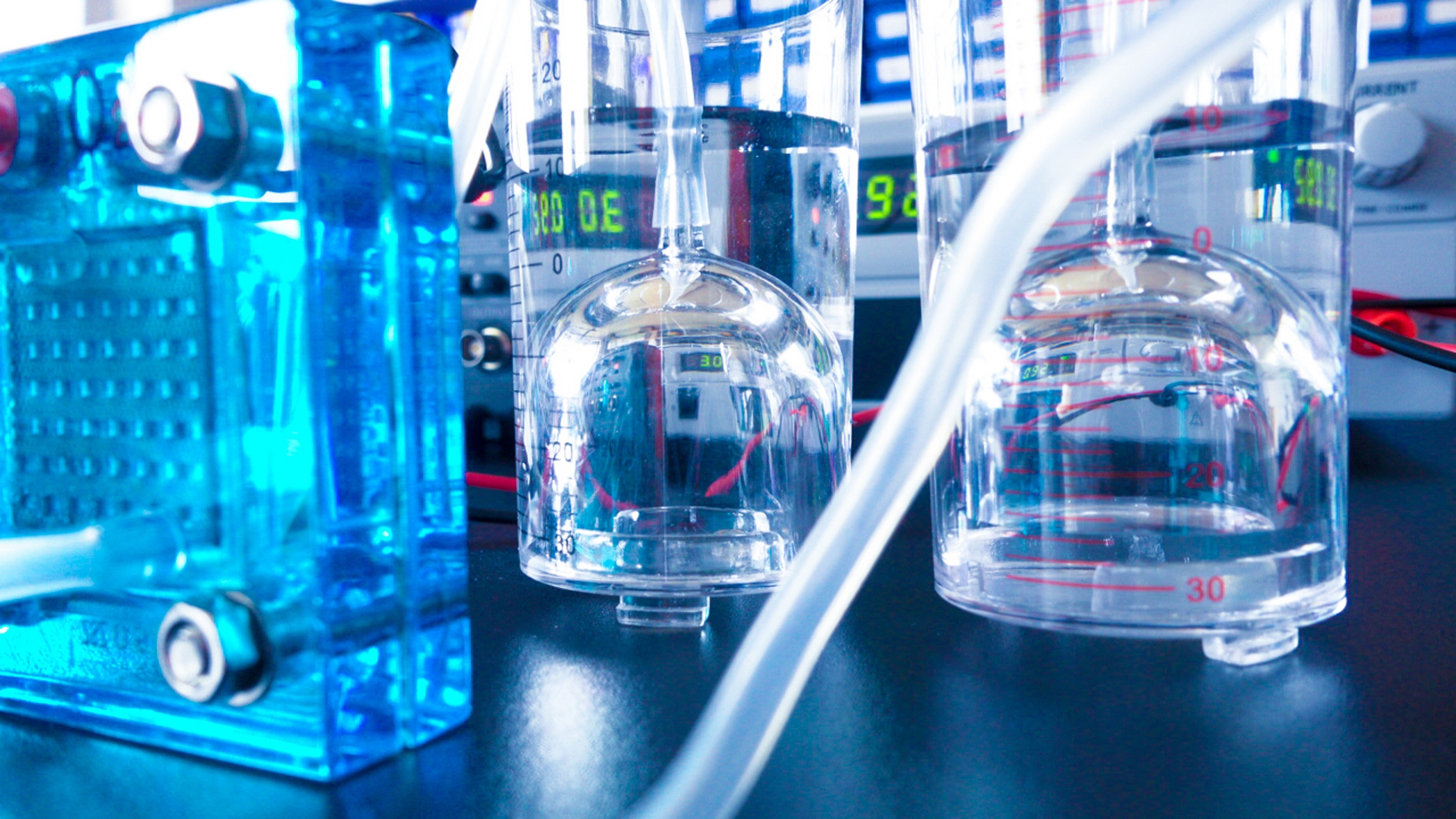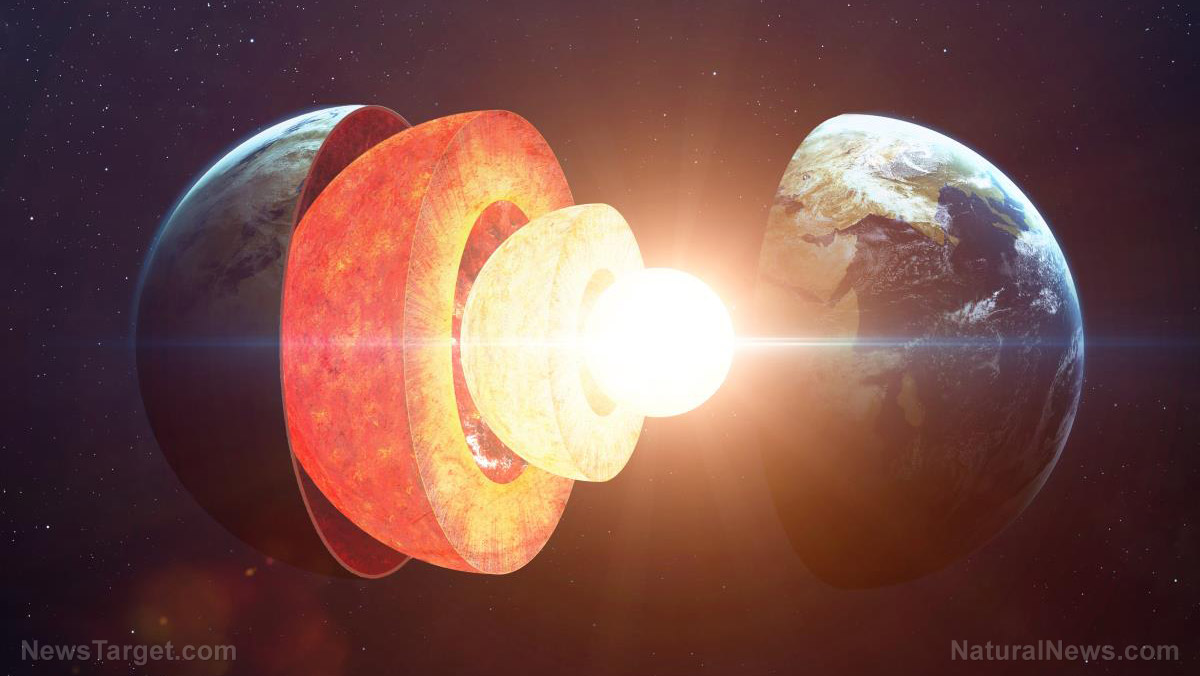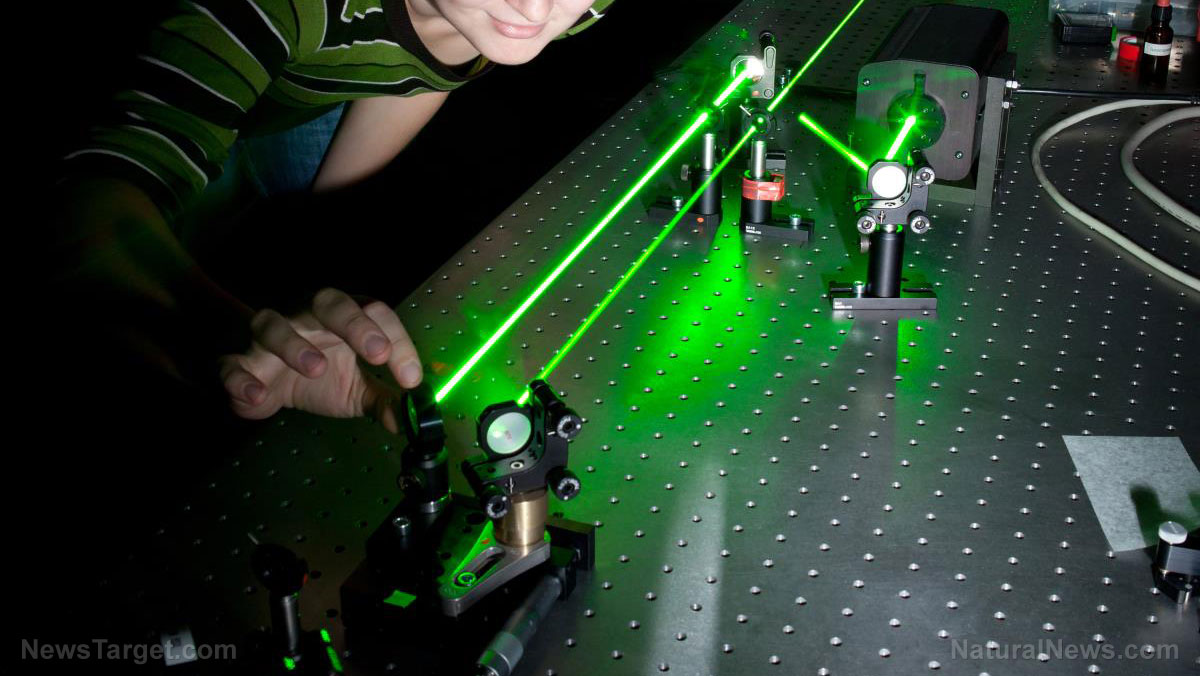Spacefaring extremophile bacteria still alive after a full year in space, says researchers
11/19/2020 / By Virgilio Marin

A tough species of microbes has survived a full year in the harsh environment of outer space, bearing the full brunt of cosmic radiation on the exterior of the International Space Station (ISS) without any sort of protection.
In an experiment detailed in the journal Microbiome, Japanese and European researchers left cells of the bacteria Deinococcus radiodurans outside the Japanese Aerospace Exploration Agency’s Kibo module, an ISS experimental module equipped with a specially designed platform similar to a front porch.
The platform offered no protection from the vacuum and wild temperature fluctuations of space and was constantly bombarded by an enormous amount of ionizing radiation. While exposure to these conditions would have quickly extinguished ordinary life forms, the researchers found that some of the bacteria not only managed to survive but were also able to reproduce after the yearlong exposure.
Exploring the radiation-resistant abilities of microbes
The name D. radiodurans literally means “strange berry that withstands radiation,” and the microbe is also called “Conan the Bacterium.” Ever since D. radiodurans was discovered nearly 50 years ago, it has fascinated scientists due to its ability to withstand ionizing radiation.
In the late 1990s, scientists from the National Aeronautics and Space Administration (NASA) investigated why the microbe is so hardy. They found that its genetic code continually repeats itself, providing a repair mechanism against the effects of radiation. Just recently, another group of scientists brought the bacteria into space and left them there for three years. The extremophiles survived that experiment, persisting even longer than demonstrated in the present study.
But the Kibo team wasn’t vying to break records. Instead, they wanted to uncover the survival mechanisms of D. radiodurans under the conditions in space. After a year, the researchers brought the bacteria back down to Earth and rehydrated them and a control sample that spent the year on Earth.
Though the survival rate was a lot lower for the spacefaring bacteria compared to the control, the bacteria that did survive seemed to be doing well and were even able to reproduce after the exposure. Remarkably, according to the researchers, the survivors looked different after the experiment – the microbes were covered with small bumps or vesicles on their surface.
While the researchers are uncertain about why the vesicles formed, they suspect that vesiculation served as a quick stress response by reducing stress products and augmenting cell survival. In addition, the vesicles may have contained proteins important for nutrient acquisition, DNA transfer and the transport of toxins, among other things. These, according to the researchers, may have activated the microbes’ resistance mechanisms. (Related: Tough tardigrades: Microscopic water bears can withstand harmful radiation, thanks to a certain protein.)
The team added that in a high-radiation environment, the number of breaks in the DNA chain of D. radiodurans is no different than that of Escherichia coli. This means that D. radiodurans does not possess a unique radiation-proof shield even though it is 50 times more resistant to ionizing radiation than E. coli. Instead, it is simply exceptional at repairing the damage it sustains.
Extremophiles key to search for alien life
The fascinating results are important for the effective sterilization of space probes, especially when these probes are sent to search for alien life. NASA, for instance, will be exploring Jupiter’s icy moon, Europa, to investigate its habitability. Should alien life exist on Europa, NASA’s spacecraft should be germ-free to avoid contaminating the environment. Otherwise, any major findings may turn out to be false positives.
In addition, it is important to study the viability of extremophiles like D. radiodurans to test the feasibility of panspermia. This theory states that hardy life forms could survive within rocks or other material ejected from one planet and survive landing on another world. If such a trip were possible, life on Earth might have originated from elsewhere in the cosmos and hardy bacteria can spread from one world to the next through accidental interplanetary space travel.
Read more fascinating stories about life in space at Cosmic.news.
Sources include:
Submit a correction >>
Tagged Under:
alien life, cosmic, extremophile, ionizing radiation, NASA, panspermia, research, Space, space exploration, Space Probes
This article may contain statements that reflect the opinion of the author
RECENT NEWS & ARTICLES
Physics.News is a fact-based public education website published by Physics News Features, LLC.
All content copyright © 2018 by Physics News Features, LLC.
Contact Us with Tips or Corrections
All trademarks, registered trademarks and servicemarks mentioned on this site are the property of their respective owners.





















